Batting is the term used for the stuffing or filling of a quilt. It gives the quilt its shape, warmth, and loft. There are many types of batting available on the market, each with its unique properties. The kind of batting you choose will depend on the intended use of your quilt. For example, if you are making a hanging quilt to decorate a wall, you might select a thinner batting to give your quilt a softer drape.
When selecting batting for your quilt, be sure to choose one that is the right size for your quilt top. If you are making a bedspread quilt or for everyday use, you might choose a thicker batting that will give your quilt more loft and insulation. There are also specialty battings available for specific applications, such as outdoor quilts or quilts that will be machine washed and dried. You will also want to make sure that the batting you select is compatible with the other materials in your quilts, such as the fabric and thread.
Table of Contents
What is batting used for?
Batting is a material made of interwoven fibers used for stuffing and padding. It is commonly used in quilting to make quilts more warm and durable. It is also used in crafts toys, such as stuffed animals. Batting comes in different thicknesses, depending on the intended use. Thinner batting is typically used for smaller projects, while thicker batting is better suited for larger projects. Batting can be made from natural or synthetic materials. Natural batting is usually made from wool, cotton, or silk, while synthetic batting is made from polyester or acrylic.
Wool batting
Wool batting is a material used in various applications, from quilting to crafts. It is made from wool fibers carded or combed to form a soft, warm, and durable fabric. Wool batting can be found in various weights and thicknesses, making it suitable for a wide range of projects. It is also naturally fire-resistant and hypoallergenic, making it a safe choice for quilting projects involving children or those with sensitivities.
Cotton batting
Cotton batting has many applications, both domestic and industrial. It can be used as a stuffing for pillows, quilts, and comforters in the home. It is also employed as a surface for embroidering or appliquéing. Cotton batting is also used in various insulation applications, including pipe and duct insulation, building insulation, and automotive sound deadening. In the industrial setting, cotton batting is utilized in filter media, non-woven fabrics, and medical supplies.
Synthetic batting
Synthetic batting is often made from polyester, acrylic, or a blend of polyester and acrylic. Polyester batting is available in different densities and thicknesses. It is often used in furniture and clothing because it is hypoallergenic, does not absorb moisture, and is easy to care for. Polyester batting can be machine washed and dried and does not shrink or stretch. Acrylic batting is also available in different densities and thicknesses. It is often used in quilts and clothing because it is a lightweight and high loft. It can be hand or machine washed but should be air-dried to prevent shrinking.
Silk batting
Silk batting is made from 100% natural silk fibers. It is light and thin yet warm and durable. Silk batting will not bunch up or shift inside the quilt, making it ideal for use in both hand-sewn and machine-sewn quilts. Because it is so thin, silk is often employed in quilts used in warm weather. It is also a good choice for quilts that will be displayed rather than manipulated, as it provides a smooth, professional-looking finish.
If you are considering using silk batting in your next quilt, be sure to check out the various types available on the market. Each brand of batting has its own unique set of properties, so it is essential to find one that will work well for your particular project. When selecting a silk batting, pay attention to the weight, loft, and durability to ensure that it will meet your needs. With so many options available, you are sure to find the perfect silk batting for your next quilt!
Is batting the same as wadding?
Batting is not the same as wadding. Batting is a material made of wool, cotton, or other natural or synthetic fibers used to make quilts, blankets, pillows, and other bedding. Wadding is a material made of down, feathers, wool, cotton, or other natural or synthetic fibers used for filling pillows and cushions. Batting is usually made thicker than wadding, and it is often treated with fire retardant or other chemicals to make it safer.
So, if you’re looking for insulation material, you should probably go with wadding. But if you’re looking for batting to use in a quilt or other craft project, then you can choose based on the type of fiber you prefer. Either way, you can’t go wrong!
What can I use if I don’t have batting?
There are several alternatives to batting if you don’t have any on hand or if you want to try something different. One option is to use an old blanket or towel as batting. Another option is to use foam padding instead of batting. Foam padding can be found at most hardware stores. You can also use straw or dried leaves as batting. These materials will add some extra bulk and insulation to your quilt or another project.
What is fleece batting?
Fleece batting is a type of padding used in quilting. It is made from polyester fiber and is available in various thicknesses. Fleece batting is often used in place of traditional batting because it is less likely to shift or bunch up when quilted. It is also less expensive than other types of batting.
How do you put batting in a quilt?
Batting is the layer of material placed between the quilt top and backing. Many types of batting are available on the market, including cotton, polyester, wool, and bamboo. The kind of batting you choose will depend on your personal preferences and the intended use of the quilt.
To put batting in a quilt, first, measure the quilt top and cut the batting to size. Be sure to leave at least 1 inch (2.5 cm) of extra batting around the edge of the quilt top. Once the batting is cut to size, place the quilt top face down on a work surface. Spread the batting over the top of the quilt, and then smooth it out with your hands. Carefully fold the batting edges over the edge of the quilt top, making sure that there are no wrinkles or bunching. Pin the batting in place, and then sew around the edge of the quilt top with a quilting sewing machine. You can also hand-sew the batting in place if you prefer.
What was used for batting in old quilts?
In the past, most batting was made from cotton or wool. These natural fibers are breathable and provide good insulation. However, they can also be heavy and difficult to work with. Today, many quilters prefer to use polyester batting. Polyester is lightweight and easy to work with, but it does not breathe as well as cotton or wool. It is also not as warm as natural fibers.
Conclusion
No matter what type of batting you choose, be sure to prewash it before using it in your quilt. It will help prevent shrinkage and ensure that the batting stays soft and pliable.

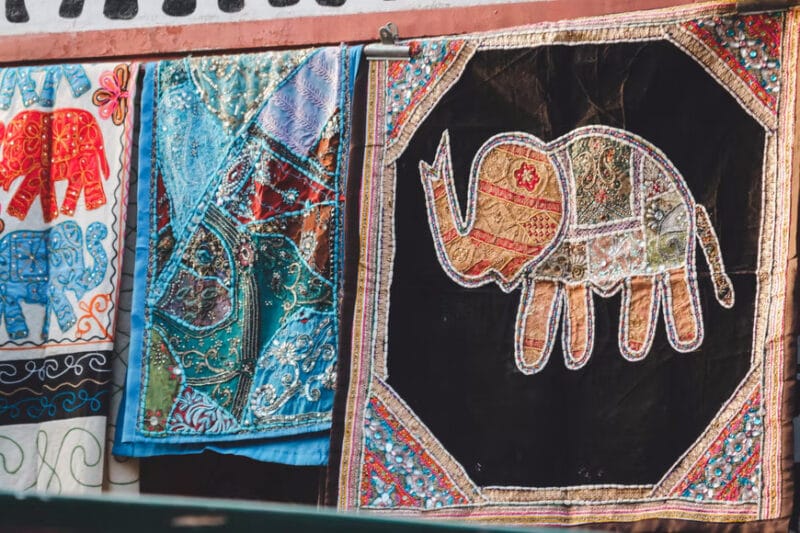
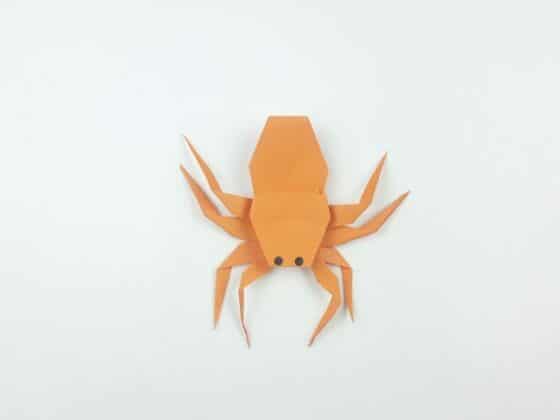
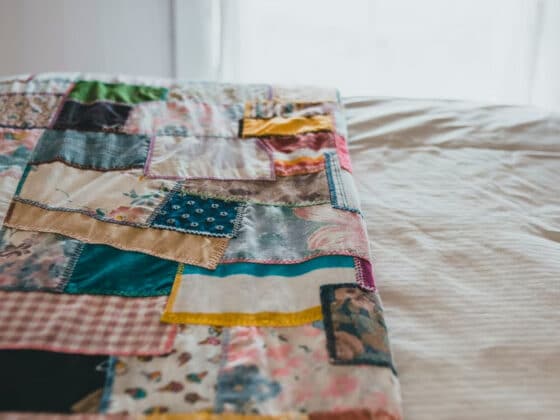



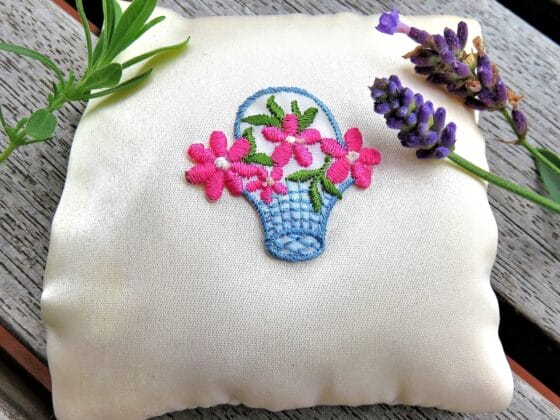
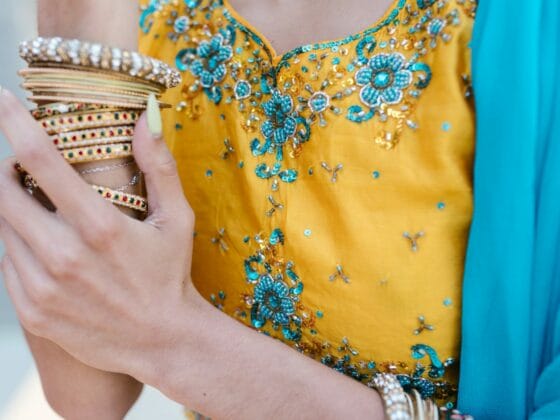
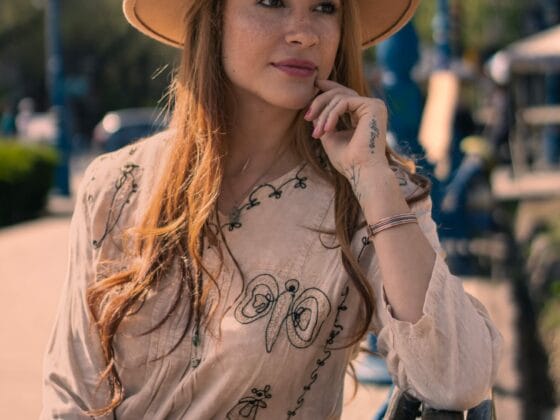
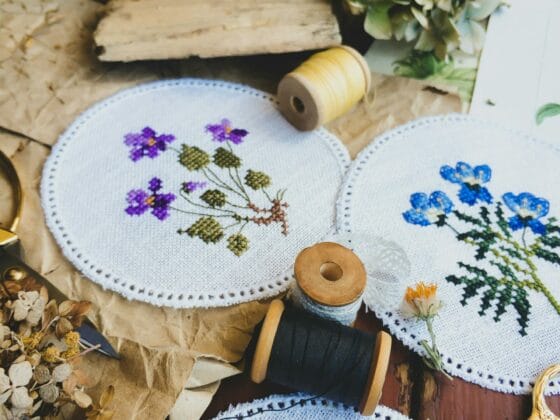
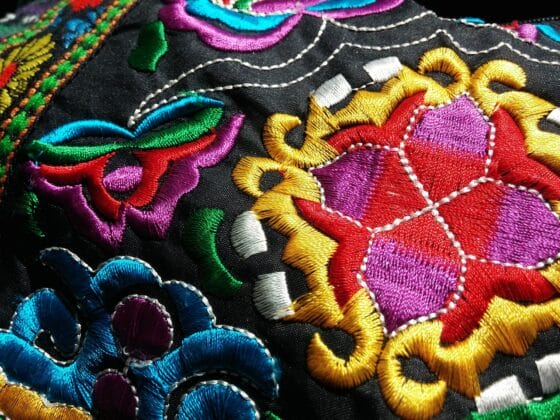
1 comment